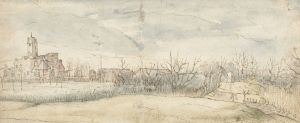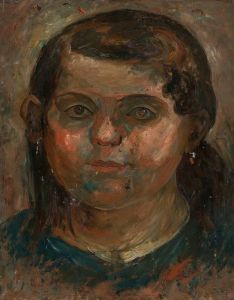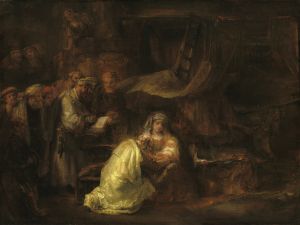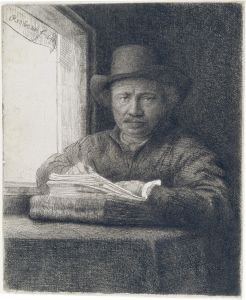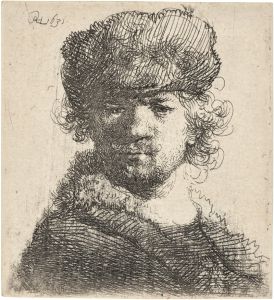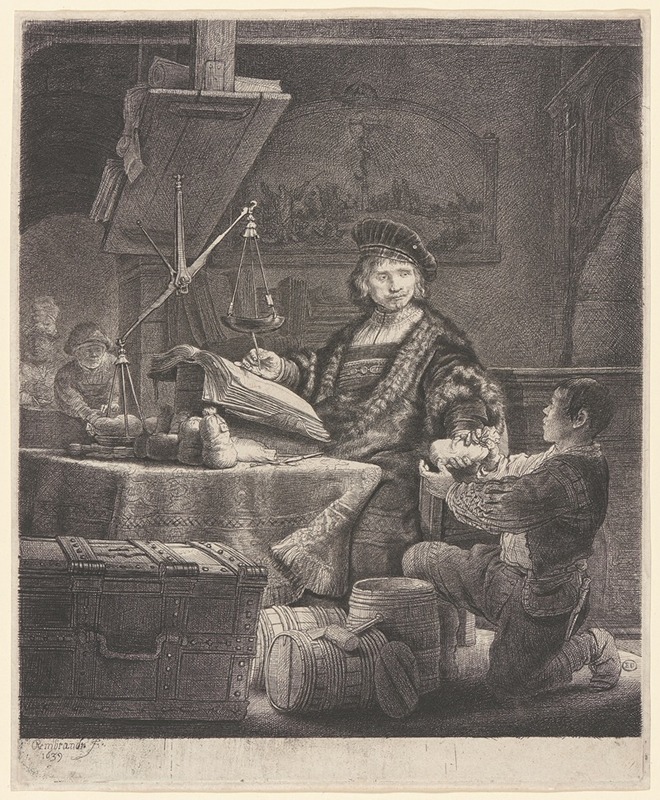
Jan Uytenbogaert
A hand-painted replica of Rembrandt van Rijn’s masterpiece Jan Uytenbogaert, meticulously crafted by professional artists to capture the true essence of the original. Each piece is created with museum-quality canvas and rare mineral pigments, carefully painted by experienced artists with delicate brushstrokes and rich, layered colors to perfectly recreate the texture of the original artwork. Unlike machine-printed reproductions, this hand-painted version brings the painting to life, infused with the artist’s emotions and skill in every stroke. Whether for personal collection or home decoration, it instantly elevates the artistic atmosphere of any space.
Jan Uytenbogaert, also known as "The Goldweigher," is a painting by the renowned Dutch artist Rembrandt van Rijn. Created in 1639, this work is a fine example of Rembrandt's skill in portraiture and his ability to capture the essence of his subjects with remarkable detail and psychological depth. The painting is housed in the Rijksmuseum in Amsterdam, Netherlands, which is home to many of Rembrandt's masterpieces.
The subject of the painting, Jan Uytenbogaert, was a significant figure in 17th-century Dutch society. He was a Remonstrant minister and a prominent supporter of the Arminian cause during the religious conflicts in the Dutch Republic. Uytenbogaert was known for his role in the theological debates that divided the Protestant community in the Netherlands during the early 17th century. His involvement in these religious disputes, particularly his support for the more liberal Arminian theology, made him a notable figure in the history of Dutch Protestantism.
In the painting, Rembrandt depicts Uytenbogaert seated at a table, engaged in the act of weighing gold. This activity is symbolic and reflects Uytenbogaert's role as a receiver-general, a position he held, which involved managing financial matters and collecting taxes. The painting's composition is intimate, with Uytenbogaert's face illuminated by a soft light that highlights his thoughtful expression and the meticulous detail of his attire. Rembrandt's use of chiaroscuro, the contrast between light and dark, is evident in this work, adding depth and dimension to the figure and the surrounding space.
Rembrandt's portrayal of Uytenbogaert is not just a representation of his physical appearance but also an exploration of his character. The artist captures the introspective and contemplative nature of Uytenbogaert, emphasizing his intellectual and moral qualities. This approach is characteristic of Rembrandt's portraiture, where he often sought to reveal the inner life of his subjects through their expressions and gestures.
The painting is also notable for its rich color palette and the texture of the materials depicted, such as the fabric of Uytenbogaert's clothing and the gold coins on the table. Rembrandt's attention to detail and his ability to render different textures with precision are evident in this work, showcasing his mastery of the medium.
Jan Uytenbogaert by Rembrandt is an important work not only for its artistic merit but also for its historical significance. It provides insight into the life of a key figure in Dutch history and reflects the broader cultural and religious context of the time. The painting remains a testament to Rembrandt's genius as a portrait artist and his ability to convey the complexity of human experience through his art.







